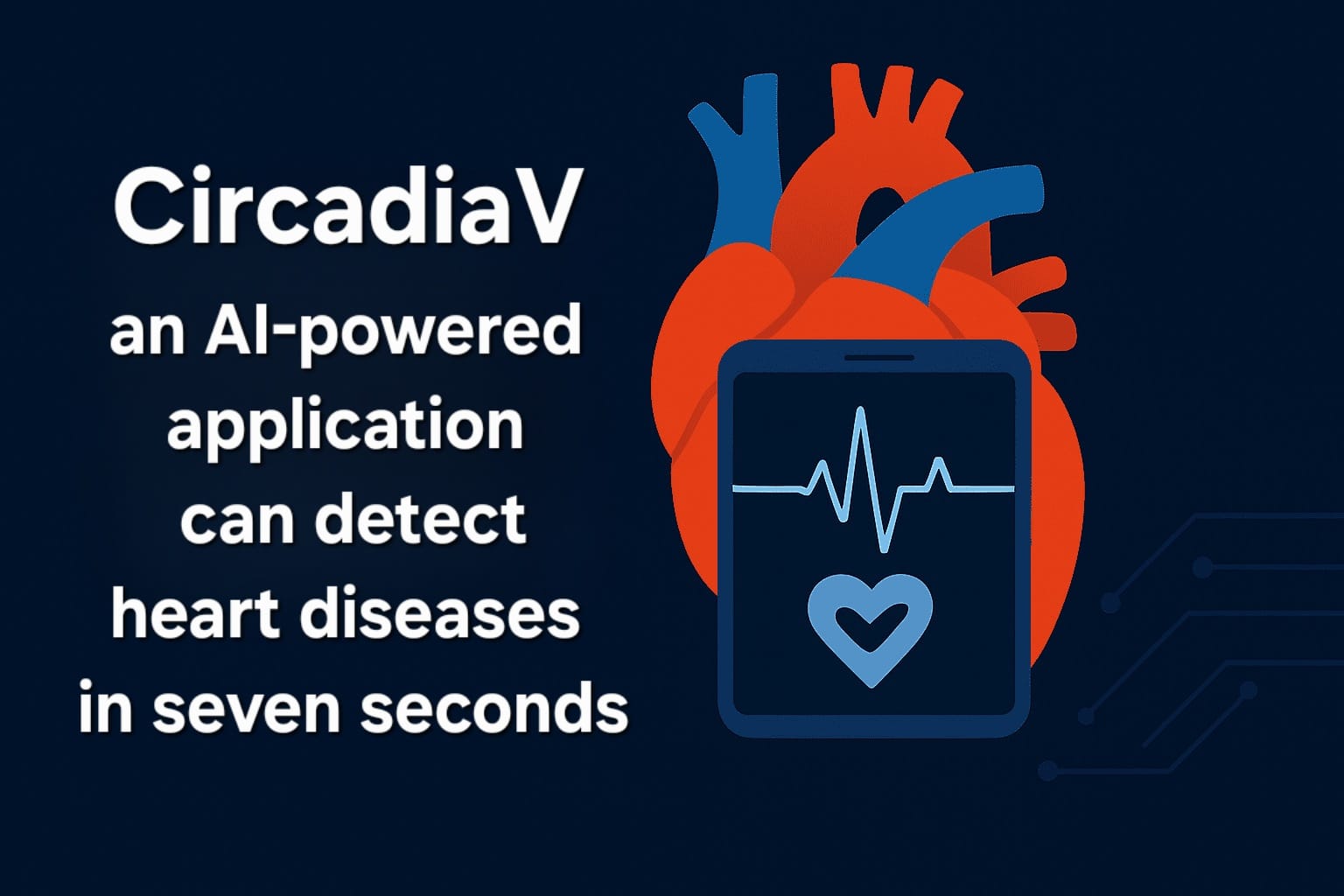It has been one and a half years since this epidemic has started. This has impacted every bit of our daily life and changed our way of living. Some changes include stay-at-home orders, travel bans, restrictions on meeting people from other households, and the closure of nonessential stores, as well as gyms, cinemas, museums, art galleries, and even places of worship. Work culture has also been affected badly. Work from home for adults and online classes for children has exponentially increased screen time which has affected children's overall development.
As per the Indian Spinal Injuries Centre (ISIC), there is a rise in the number of cases of rickets in children since last year, a rise of 300% in the age group 2-12 years.
Rickets is a skeletal disorder in children caused by a lack of vitamin D, calcium, or phosphorous, resulting in bone pain, weak and soft bones, and various skeletal deformities. A vitamin D deficiency may result from a low dietary intake of vitamin D or low exposure to or absorption of ultraviolet (UV) rays. This means that children who spend a lot of time indoors may be at risk of vitamin D deficiency and rickets. Rickets can also result from some metabolic and genetic conditions.
Symptoms
Muscle weakness Bones that are soft and break easily A large forehead or abdomen An unusual shape to the ribs and breastbone Wide joints in the elbows and wrists Dental cavities and irregularities Bone pain or tenderness Bones that grow slowly Bowed or curved legsUntreated cases of rickets can increase the risk of - Permanent bone irregularities, heart problems, seizures, pneumonia, obstructed labor, lifelong disability.
Causes
Lack of vitamin D - The human body needs vitamin D to absorb calcium from the intestines. UV rays from sunlight help the skin cells convert a precursor of vitamin D from an inactive to an active state. If a person does not make or consume enough vitamin D, their body may not absorb sufficient calcium from the food they eat, causing low levels of calcium in the blood. Low calcium levels result in irregularities of the bones and teeth, as well as nerve and muscle problems.
Genetic factors - These may be hereditary. Genetic factors that affect the body's ability to use calcium can result in rickets, including those that affect the liver, kidney, and intestinal function. Calcium is also important for bone strength.
Treatment –
Treatment will aim to maximize the individual’s intake of calcium, phosphate, and vitamin D.
Increasing exposure to sunlight Making dietary changes Taking fish oil. Getting more exposure to UVB light Consuming calcium and phosphorusVitamin D sources-
Eggs Cod liver oil Oily fish, such as salmon, tuna, sardines, and swordfish Vitamin D-fortified foods, such as milk, some juices, many kinds of cereal, some brands of margarine, and some soy milk products Beef liverRecommended Daily Intake –
The Office of Dietary Supplements (ODS) recommends a daily intake of:
400 IU (10 mcg) for infants aged 0–12 months 600 IU (15 mcg) for people aged 1–70 years 800 IU (20 mcg) for those above 70
 Rickets is a bone disorder wherein bones become soft and get disposed to fractures
Rickets is a bone disorder wherein bones become soft and get disposed to fractures










.jpeg)


.jpg)






.jpeg)



.jpg)


.jpg)




.jpg)


